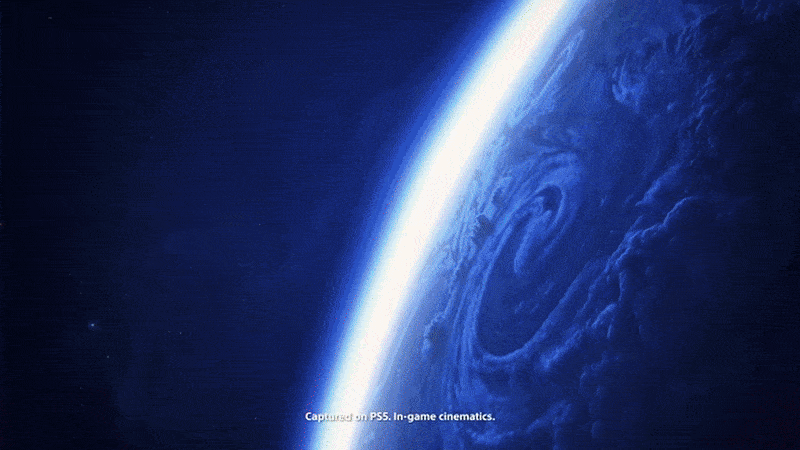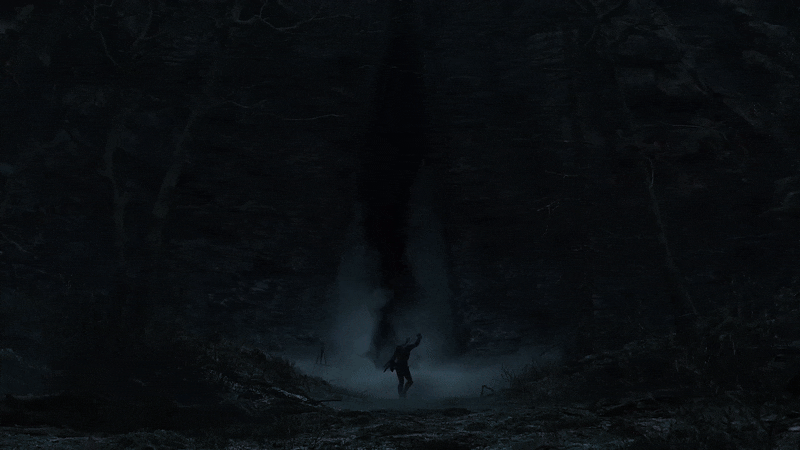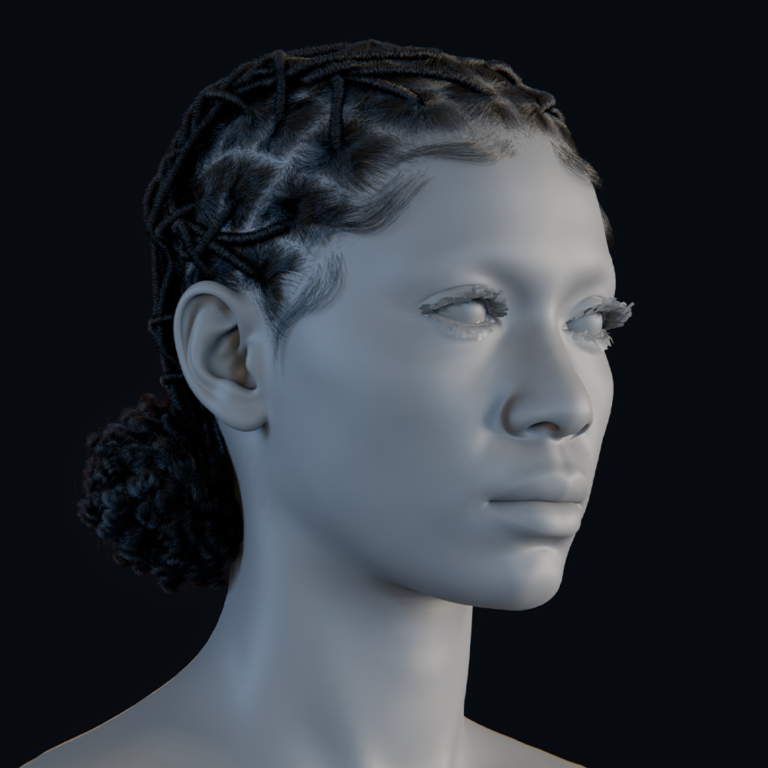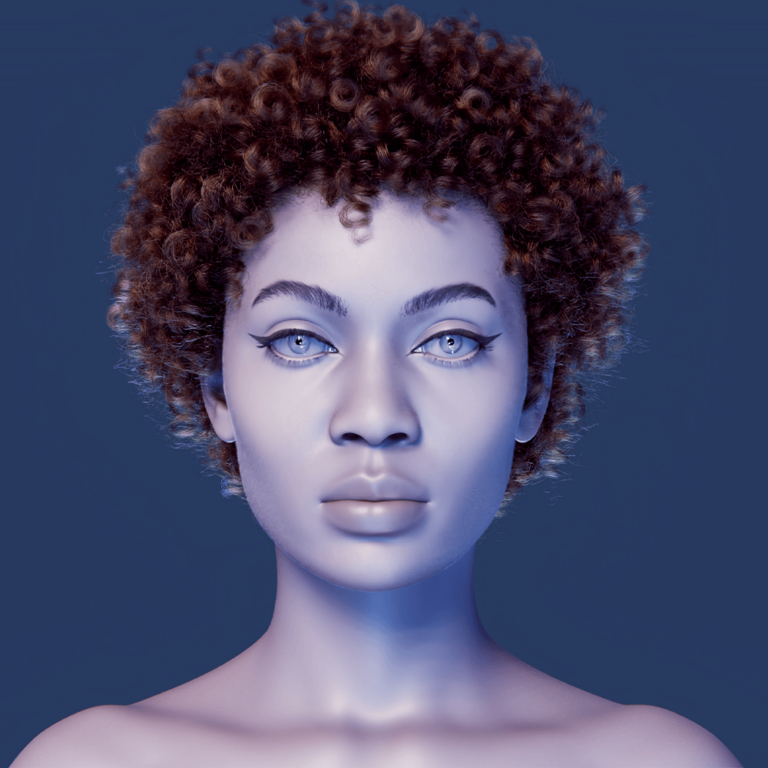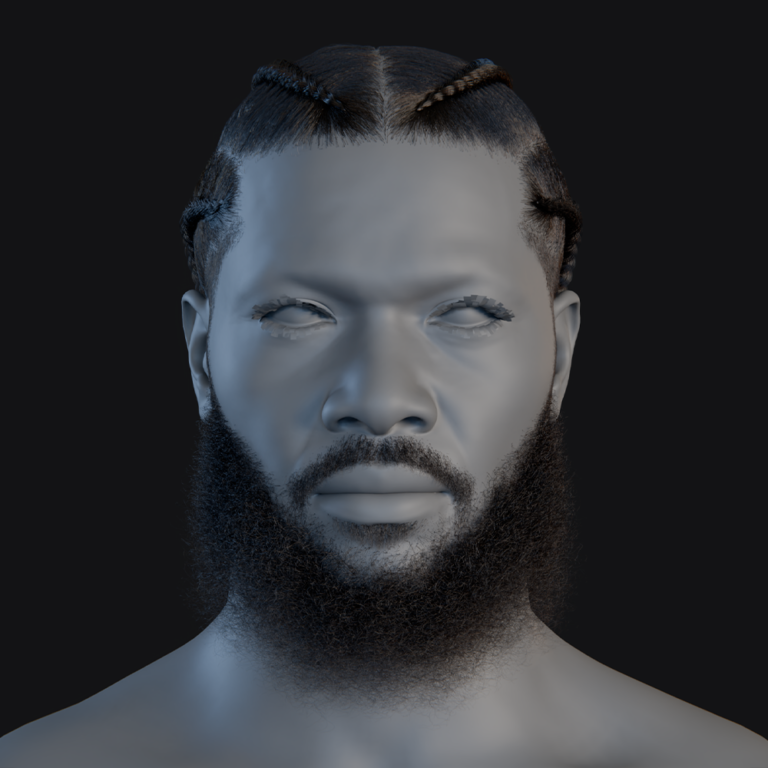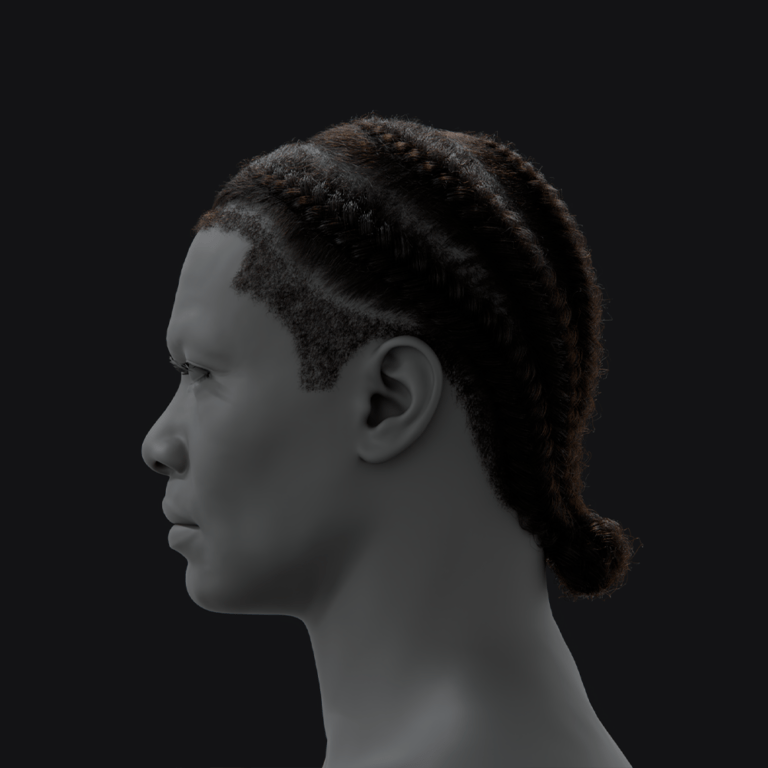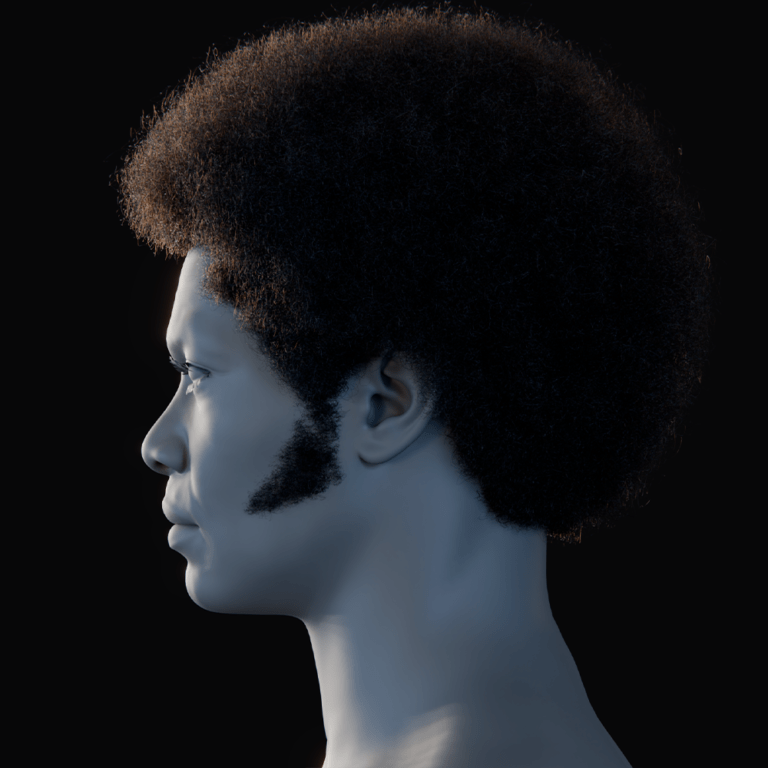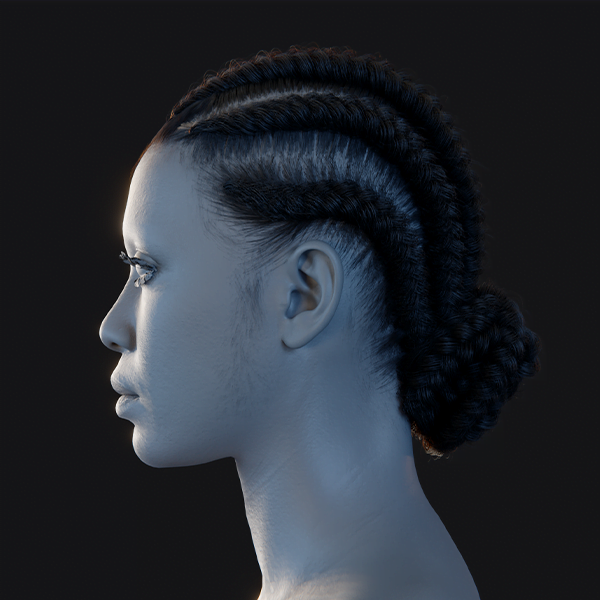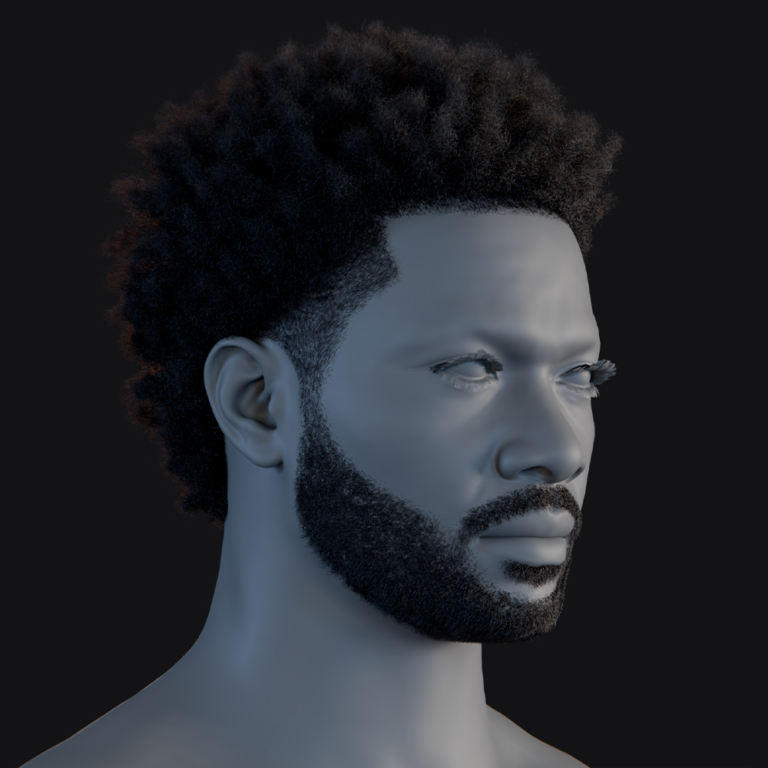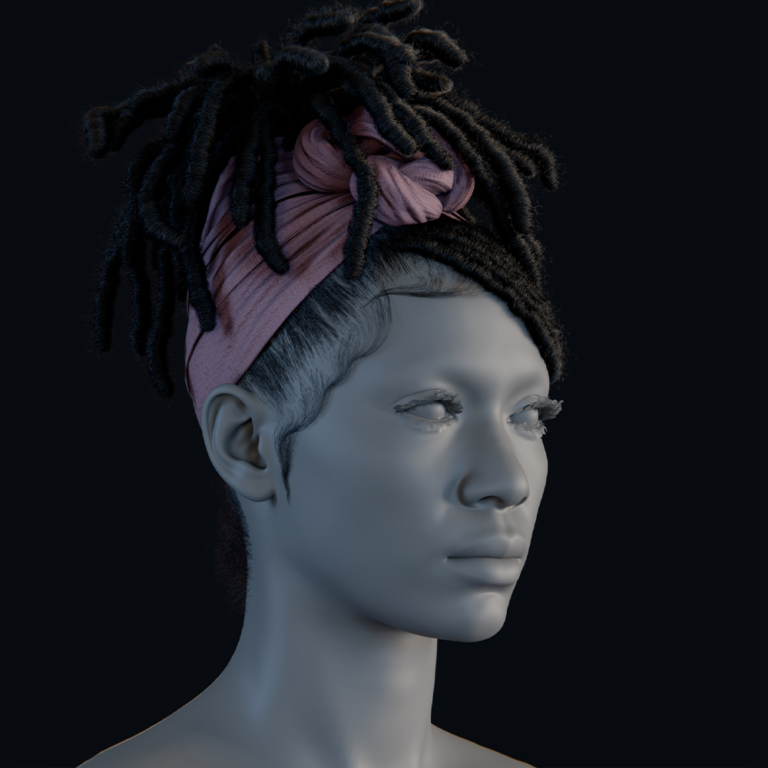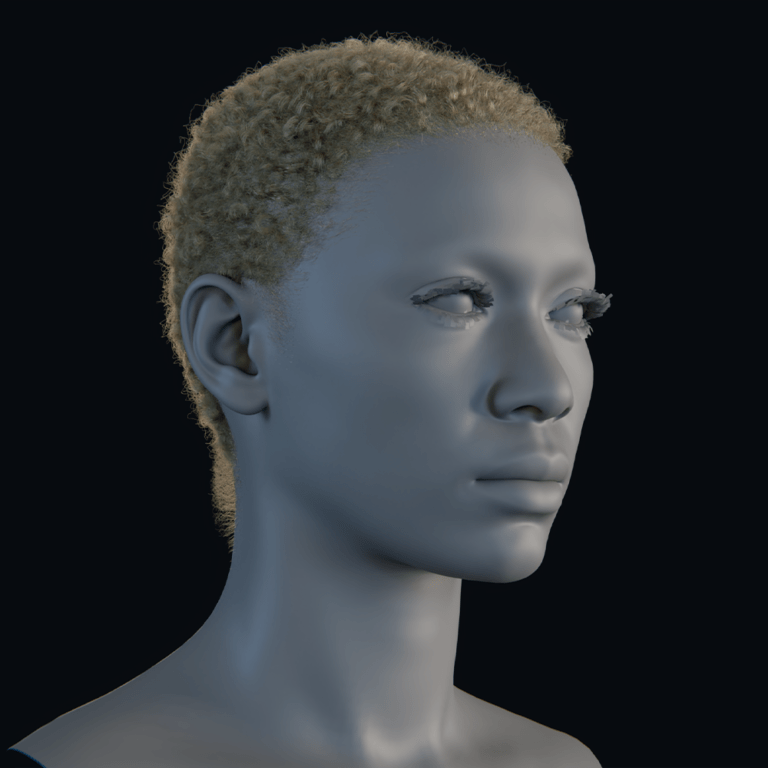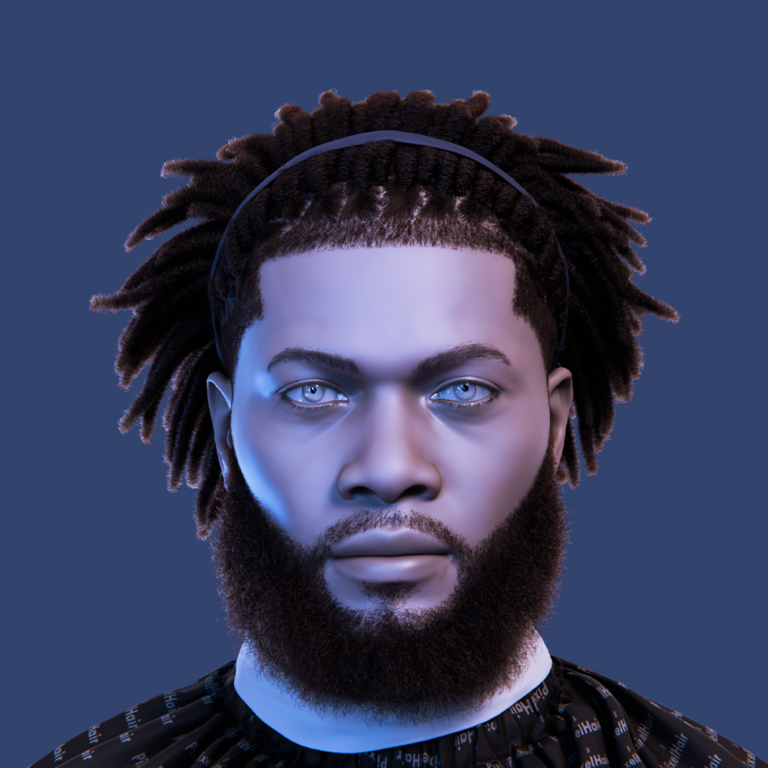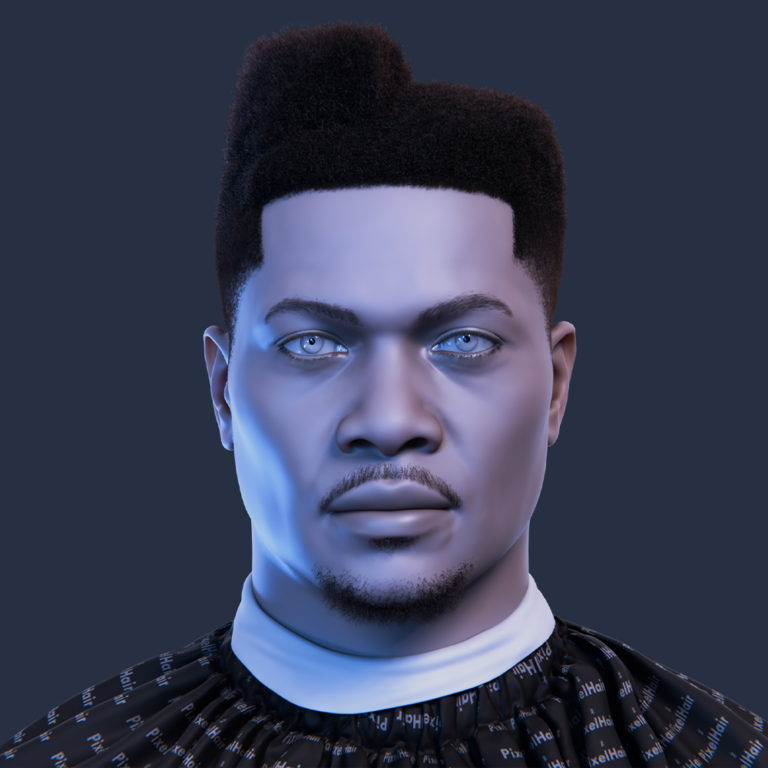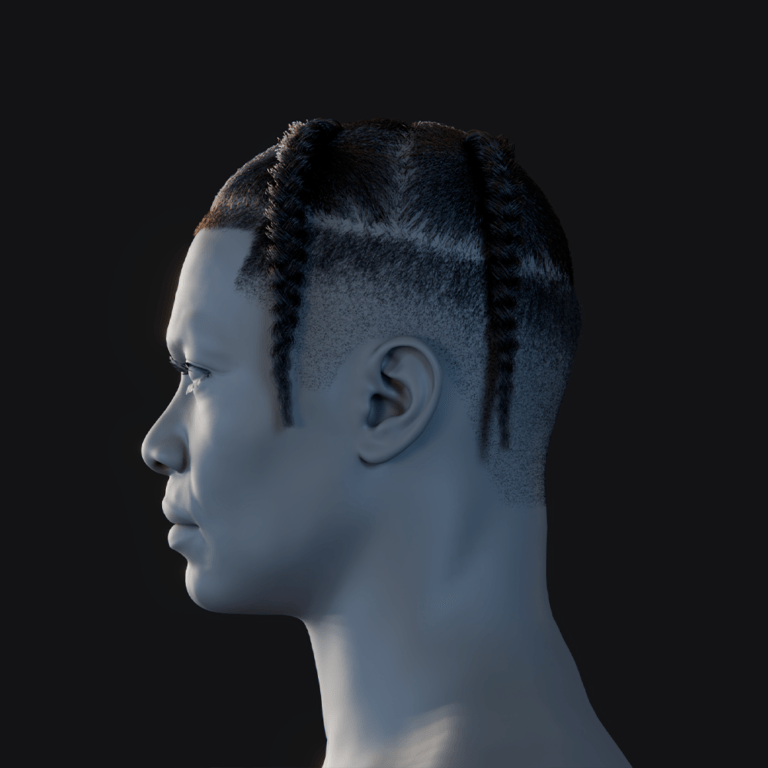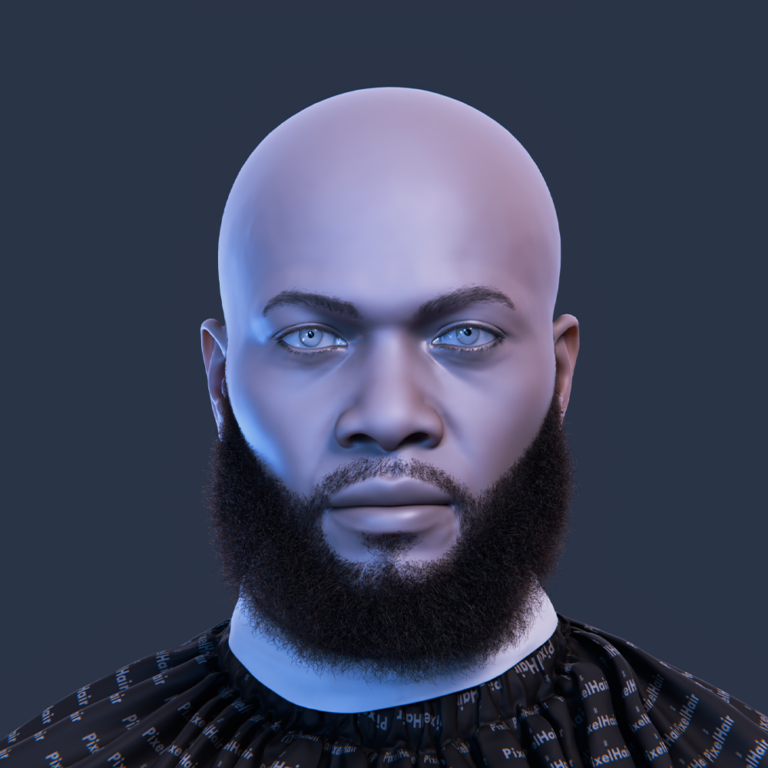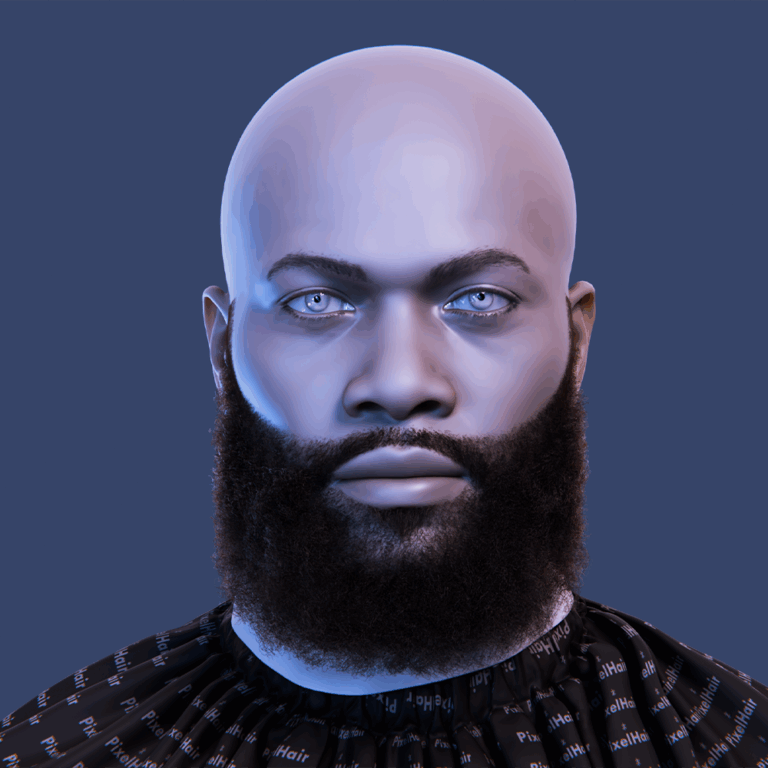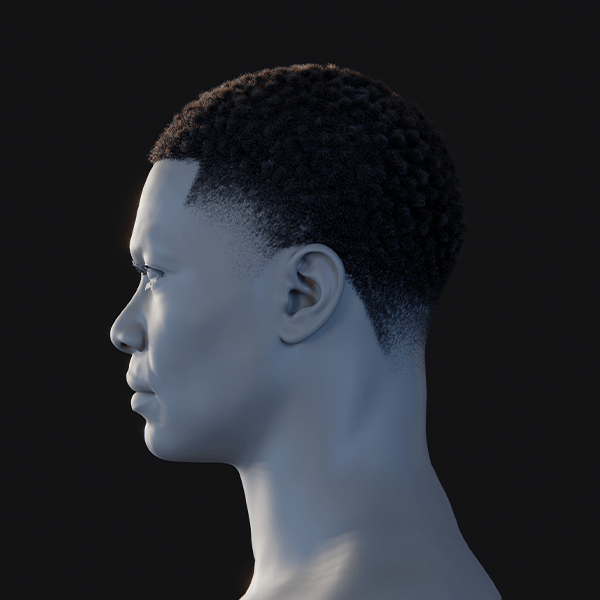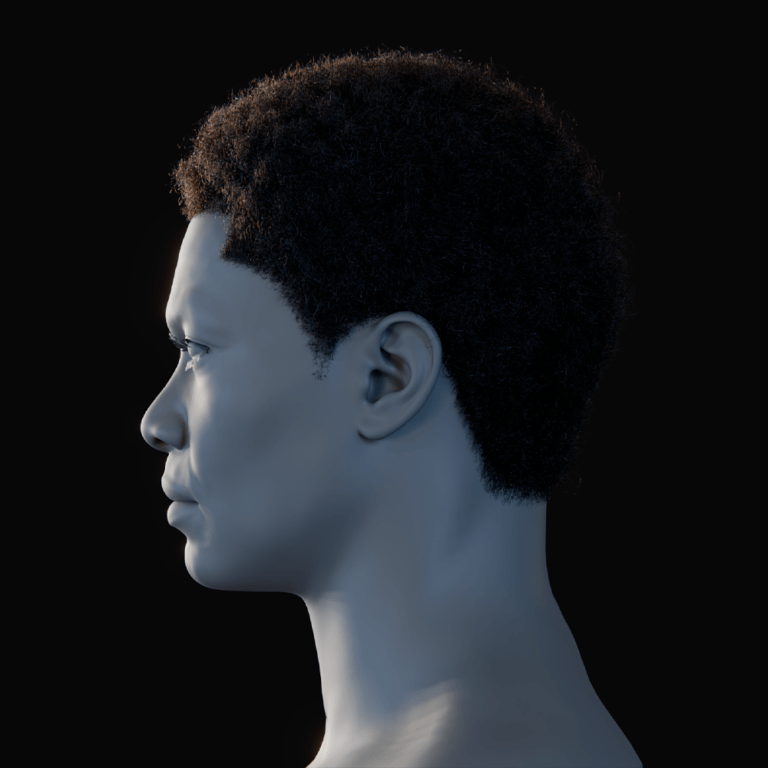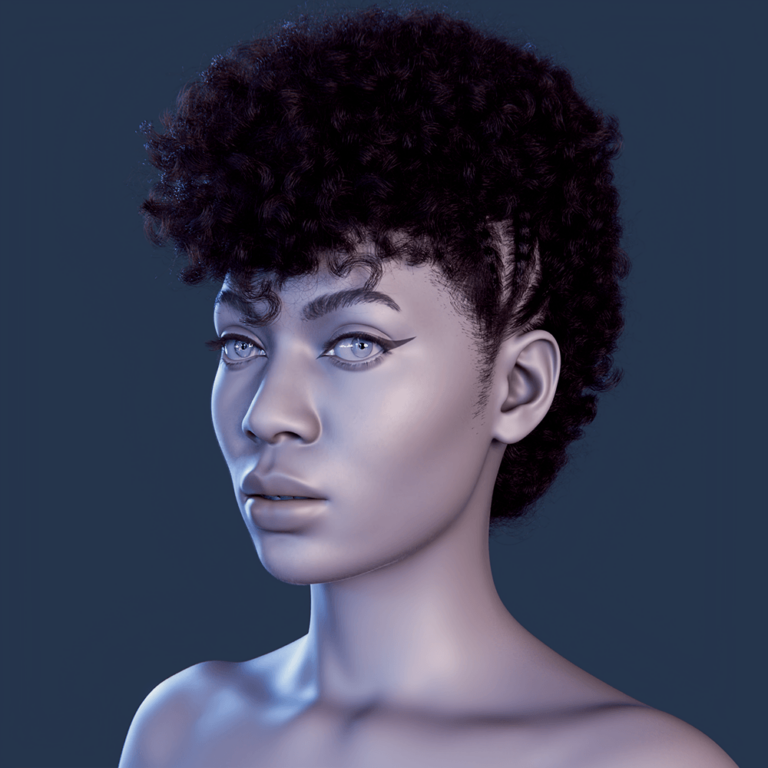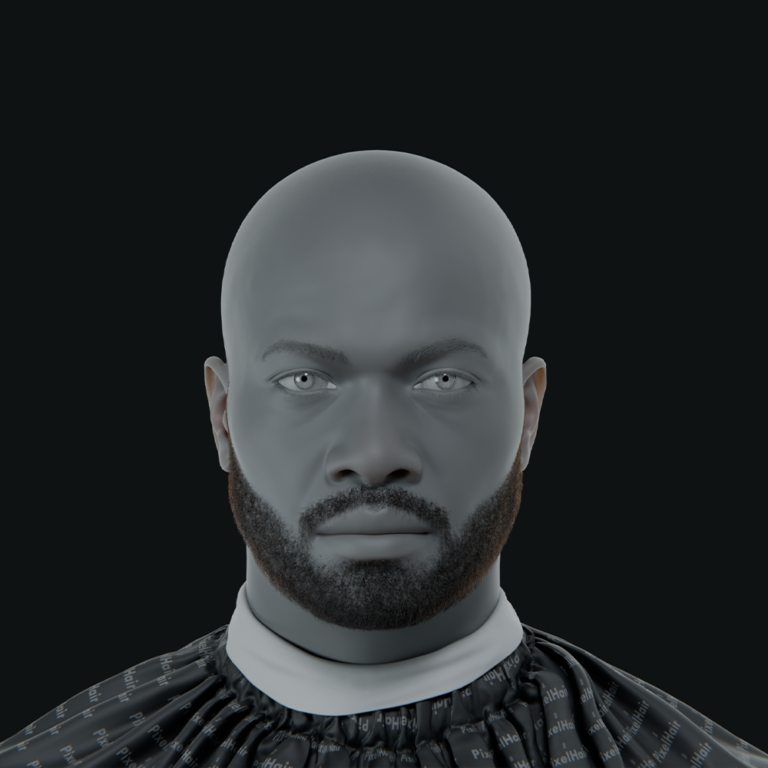What is Marathon, Bungie’s new extraction shooter?
Marathon is an upcoming sci-fi first-person shooter (FPS) from Bungie that revives the studio’s classic Marathon universe in a bold new way. It is a team-based PvP extraction shooter, meaning players compete against each other in high-stakes missions where survival and escape with loot are the goals.
In Marathon, you take on the role of a cybernetic mercenary (called a “Runner”) exploring a mysterious lost colony for valuable artifacts and resources. Each match sees crews of three Runners racing against the clock to scavenge gear and battle both rival teams and AI enemies, then extract (evacuate) before they’re eliminated.
Bungie has described the game’s premise succinctly: “Become a Runner in Bungie’s new sci-fi PvP extraction shooter. Compete for survival, riches, and renown in a world of evolving, persistent zones.” This is Bungie’s first entirely new project in over a decade, and it aims to combine the studio’s signature polished gunplay with the tension and high-risk, high-reward gameplay of the extraction genre.
Marathon is online multiplayer only – unlike Bungie’s Halo or Destiny games, it will not have a single-player campaign or story mode. Instead, the focus is on emergent player-driven stories each “run.” The game is set to launch on September 23, 2025 for PlayStation 5, Xbox Series X|S, and PC with full cross-play and cross-save support. From its unique roster of playable characters (Runners) – such as Blackbird, Glitch, Locus, and Void – to its striking art direction and intense gameplay loop, Marathon is shaping up to be one of the most anticipated new FPS titles of 2025.
What is the setting and storyline of Marathon?
Marathon’s setting takes players to the year 2850 on the planet Tau Ceti IV, the site of a once-thriving human colony that mysteriously vanished without a trace. This lost colony world is now a lawless frontier littered with secrets.
Above the planet looms the derelict starship “Marathon” – a massive colony ship from the original games – which now hangs silent and abandoned in orbit. In Marathon (2025), players are “Runners”, cybernetic mercenaries who have given up their human bodies for advanced synthetic shells, allowing them to be resurrected or “reprinted” even after death. These Runners descend to Tau Ceti IV (and possibly board the Marathon ship itself) in search of fortune, power, and answers.
The storyline in Marathon is not delivered through a traditional single-player narrative, but rather through the world and gameplay itself. The lore sets up rival factions (the corporations or powers that moved in after the colony’s collapse) who hire Runners to scavenge valuable artifacts, lost AI data, and other loot from Tau Ceti IV’s ruins. Each match contributes to a larger narrative tapestry – for example, players might discover mysterious objects or trigger events that gradually reveal what happened to the colony.
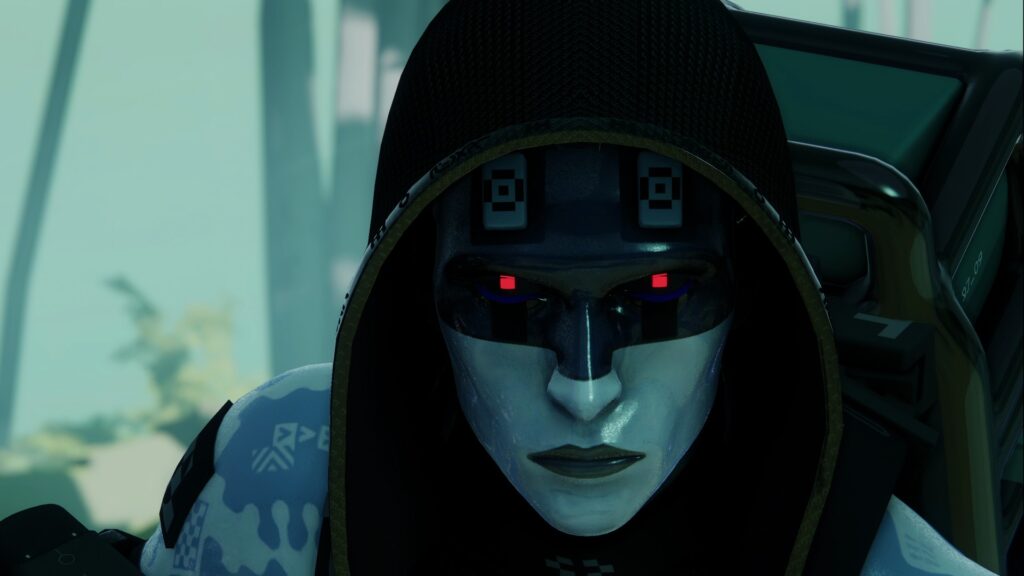
Bungie has hinted that player actions can have ramifications on the world, unlocking new areas or story elements over time. This means the game’s zones are persistent and evolving, with seasonal updates expanding the story. Marathon’s tone and lore aim to honor the mythology of the classic Marathon trilogy while being accessible to newcomers.
The developers have said they have “tremendous respect for the original Marathon games” and will include plenty of references and Easter eggs for old-school fans. Longtime Bungie followers will recognize elements like the Unified Earth Space Council (UESC) – the colonial authority whose rogue AI and security forces now roam Tau Ceti IV – and other nods to the 90s Marathon lore. However, the 2025 game is not a direct sequel to the old trilogy’s story; it’s a rebooted scenario that uses the Marathon universe as a backdrop for a new PvP-focused experience.
The mystery of Tau Ceti IV’s vanished inhabitants and the secrets aboard the Marathon ship will form the central narrative intrigue. Players will “discover the story through gameplay”, uncovering clues in missions, unlocking lore via in-game artifacts (akin to the terminals in the original Marathon, but updated for a modern format), and experiencing world-changing events as seasons progress. In summary, Marathon’s setting is a fusion of rich sci-fi lore and player-driven storytelling: a haunted sci-fi frontier where every battle and extraction run brings you one step closer to unraveling a grand mystery.
Who are the playable characters in Marathon?
Marathon’s playable characters, called Runners, are cybernetic mercenaries with unique abilities and playstyles, forming squads of three. Bungie has revealed four of the six launch Runners: Blackbird, Glitch, Locus, and Void, each with distinct roles. Runners can share most gear, allowing flexible experimentation. Two additional Runners, possibly Lifeline and Thief, are hinted for launch but unconfirmed.
- Blackbird: A recon specialist, Blackbird excels at spotting enemies and coordinating ambushes. Their abilities provide map awareness by pinging threats from afar. They feed critical intel to teammates, setting up strategic attacks. Blackbird is ideal for players who prioritize information over direct combat.
- Glitch: A fast, chaotic disruptor, Glitch uses agility and hacking to flank and confuse enemies. Their speed-focused abilities enable quick hit-and-run tactics. Glitch thrives on mobility, darting in to deal damage and escaping. They suit players who enjoy unpredictable, high-energy playstyles.
- Locus: A brute-force assault Runner, Locus dominates frontline combat with shields and firepower. Their abilities support aggressive pushes and breaching defenses. Locus leads charges, applying pressure in direct engagements. They appeal to players who favor bold, head-on combat.
- Void: A stealth operative, Void uses camouflage and smoke for hit-and-run tactics. Their abilities control sightlines and enable sneaky ambushes. Void strikes from shadows and vanishes, outplaying foes. They’re perfect for players who prefer deception and subtlety.
Runners offer diverse playstyles, and team composition enhances strategic depth. Their unique kits encourage experimentation to find the best fit for each player.
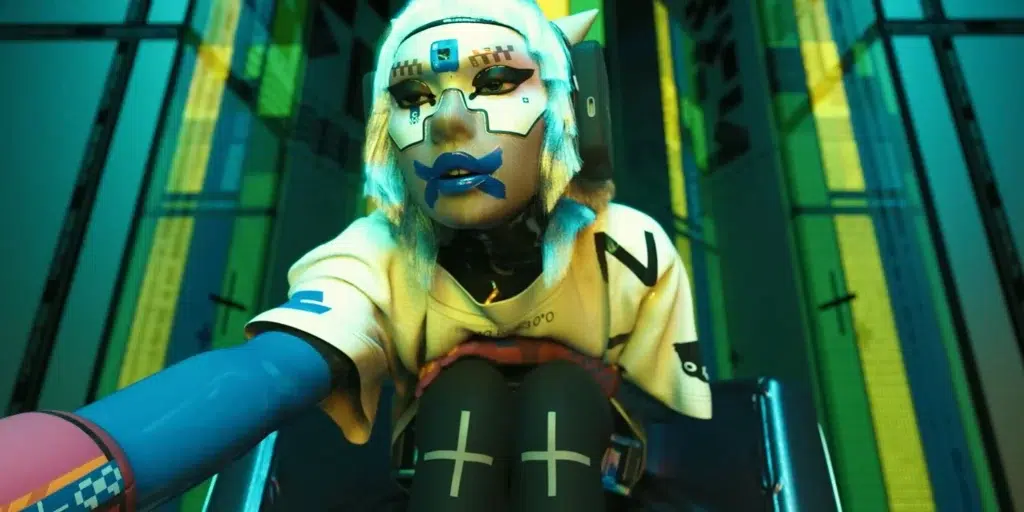
What are the abilities of Blackbird in Marathon?
Blackbird, Marathon’s recon/support Runner, focuses on intelligence-gathering and enemy tracking, ideal for scout or sniper roles. Their abilities reveal enemy positions, providing a tactical edge for ambushes and map control. Blackbird’s kit emphasizes coordination, making them a key team asset. Here are Blackbird’s known abilities in Marathon:
- Prime Ability – Echo Pulse: Blackbird’s ultimate sends sonar pulses to reveal nearby enemies, highlighting them through walls for the team. It acts like a radar sweep, perfect for ambushes or avoiding traps. Echo Pulse enhances map control, exposing hidden threats. It’s a game-changer for strategic positioning and team coordination.
- Tactical Ability – Tracker Drone: Blackbird deploys a drone that scouts and marks enemies, detonating to stun or knock them out. It’s ideal for clearing rooms or flushing campers. The drone combines sensing and explosive utility, disabling foes for easy takedowns. It’s a versatile tool for offensive and defensive plays.
- Passive Trait – Interrogation: Blackbird’s HUD alerts them when pinged by enemies, countering enemy recon attempts. Performing a finisher on a foe briefly highlights their teammates. This trait rewards stealthy executions, revealing enemy positions. It gives Blackbird an edge in information warfare, tilting fights in their favor.
- Passive Trait – Stalker Protocol: When Blackbird breaks an enemy’s shield, the foe leaves a holographic trail briefly. This trail tracks fleeing enemies, even through cover or cloaking. Stalker Protocol aids in chasing down wounded runners. It ensures enemies can’t easily escape Blackbird’s pursuit.
Blackbird’s abilities make them a master spotter, enabling team success through intel. Effective play involves constant enemy tracking and ability coordination with teammates.
What are the abilities of Glitch in Marathon?
Glitch, Marathon’s swift infiltrator, excels in mobility and disruption, favoring hit-and-run tactics. Their abilities emphasize speed, flanking, and confusing enemies, making them a chaotic force. Glitch’s high-energy playstyle suits players who thrive on agility and creativity. Here are Glitch’s known abilities:
- Prime Ability – Amplify: Glitch’s ultimate overclocks their systems, reducing movement heat and boosting speed and weapon handling. It allows rapid repositioning or objective pushes, ignoring heat penalties. Amplify makes Glitch lightning-fast, enhancing evasion and aggression. It’s ideal for outpacing and outmaneuvering enemies.
- Tactical Ability – Disruptor: Glitch’s arm morphs into an energy cannon, firing a knockback projectile or a charged, high-damage blast. Quick shots interrupt foes, while charged blasts break formations. Disruptor offers versatile damage and positioning control. It excels at staggering enemies or clearing groups.
- Passive Trait – Microjets: Glitch’s microjet boosters enable a midair double-jump, reaching high ledges or dodging shots. It enhances vertical mobility for parkour and flanking. Microjets add heat, requiring careful use to avoid overheating. They give Glitch unmatched agility in dynamic environments.
- Passive Trait – Power Slide: Glitch’s slide is faster and farther, propelling them forward for quick cover or evasion. It builds heat, balancing its use with heat management. Power Slide enables slippery combat maneuvers, like sliding through enemies. Combined with other abilities, it maximizes Glitch’s mobility.
Glitch’s toolkit rewards daring, creative movement and timing. Players must balance heat to maximize their disruptive potential while avoiding prolonged fights.
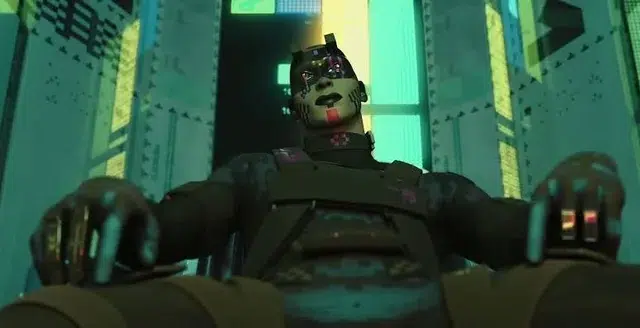
What are the abilities of Locus in Marathon?
Locus, Marathon’s heavy assault Runner, is built for aggressive frontline combat, leading charges with firepower and shields. Their abilities prioritize offense and durability, ideal for players who enjoy intense gunfights. Locus balances power with risk, requiring smart positioning. Here are Locus’s known abilities:
- Prime Ability – Search and Destroy: Locus’s ultimate equips shoulder-mounted missile pods that lock onto targets during sustained gunfire. Missiles immobilize and damage enemies, rewarding aggressive play. It turns Locus into a devastating weapons platform, perfect for teamfights. The ability punishes foes who expose themselves under fire.
- Tactical Ability – Riot Barricade: Locus deploys a temporary energy shield blocking enemy fire, providing instant cover. It drains energy and weakens under attack, requiring strategic timing. The barricade supports pushes or teammate revives in open areas. It allows safe firing positions for the team.
- Passive Trait – Thruster: Locus’s airborne booster jets enable a short midair dash, closing gaps or reaching elevated positions. It aids surprising enemies or quick repositions. Thruster has a cooldown, demanding precise use. It adds slight mobility to Locus’s otherwise head-on approach.
- Passive Trait – Tactical Sprint: Double-tapping sprint activates Locus’s overdrive mode, boosting running speed at the cost of heat buildup. It enables rapid charges or repositioning. Tactical Sprint ensures Locus keeps pace with teammates or chases foes. It’s key for initiating fights on favorable terms.
Locus’s abilities make them the team’s spearhead, thriving in aggressive pushes. Players must avoid overextending and coordinate with teammates for maximum impact.
What are the abilities of Void in Marathon?
Void, Marathon’s stealth Runner, excels in hit-and-run tactics, using cloaking and smoke to control engagements. Their abilities focus on deception and ambush, ideal for rogue-style players. Void’s kit disrupts enemy sightlines, enabling sneaky plays. Here are Void’s known abilities:
- Prime Ability – Smoke Screen: Void launches a device creating a linear smoke wall, blocking enemy vision at range. It’s used offensively to isolate foes or defensively for retreats. The smoke disrupts aim and awareness, sectioning off map areas. It’s a versatile tool for controlling engagements.
- Tactical Ability – Active Camo: Void’s camouflage turns them nearly invisible briefly, enabling flanks or escapes. It supports sneaky kills or ally revives under fire. Firing or taking damage breaks the cloak, requiring precise timing. Active Camo makes Void unpredictable, shifting fight dynamics.
- Passive Trait – Shadow Dive: When airborne, Void can drop a smoke bomb on landing, blinding nearby enemies. It’s ideal for ambushes or concealing escapes from high jumps. Shadow Dive adds smoke utility, enhancing Void’s cover options. It disorients foes during critical moments.
- Passive Trait – Shroud: Entering any smoke field grants Void brief camouflage, lingering after exiting. It allows vanishing within smoke for flanks or repositions. Shroud maximizes stealth uptime, making Void slippery in smoke-heavy areas. It rewards creative smoke placement for tactical advantage.
Void’s abilities center on deception and battlefield control. Players excel by isolating targets, vanishing, and coordinating with teammates to exploit stealth advantages.
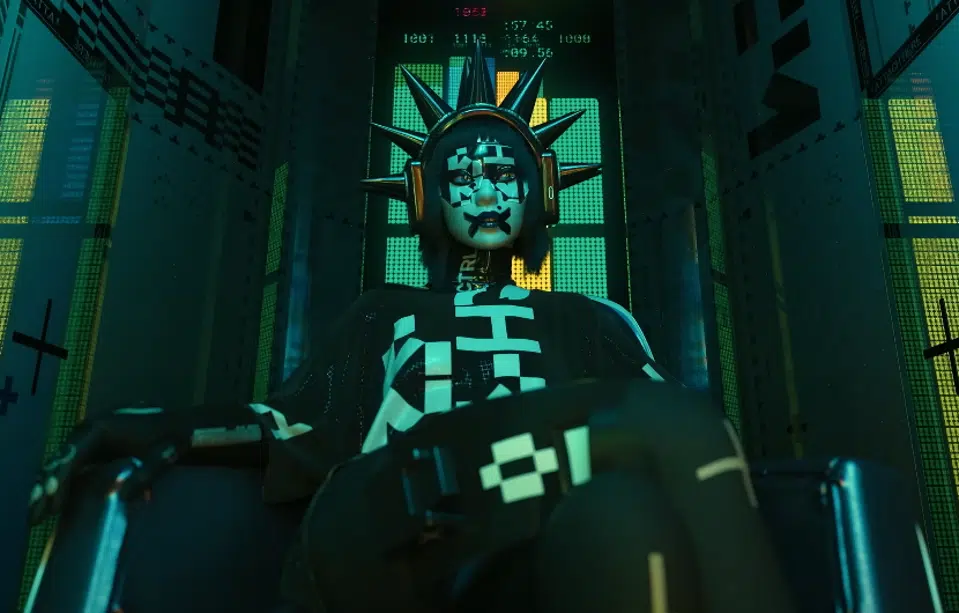
How does the brutalist and bright plastic visual style define Marathon’s aesthetics?
Marathon’s art style fuses brutalist architecture with bright neon “plastic” aesthetics, creating a striking, futuristic identity distinct from typical shooters. Brutalist elements feature blocky megastructures, angular corridors, and clean geometric lines, evoking massive scale and industrial seriousness. The “bright plastic” aspect uses vibrant neon colors hot pinks, greens, blues, oranges on glossy, toy-like surfaces, contrasting stark white or metallic backgrounds for high visual impact. Inspired by Wipeout’s sleek futurism, Ghost in the Shell’s cyberpunk, and Mirror’s Edge’s minimalist palette, it blends retro-futuristic 80s/90s vibes with modern flair. Art director Joseph Cross calls this “graphic realism,” prioritizing bold, simplified designs with realistic scale to ensure clarity and timelessness. The high-contrast visuals make targets and objectives easily identifiable, enhancing gameplay readability.
The style has sparked debate, with some fans praising its fresh, bold look while others find it too vibrant compared to Bungie’s grittier Halo or Destiny aesthetics. The glitchy, cyberpunk UI and effects, like scan-lines on damage, reinforce the cybernetic Runner experience, immersing players in a synthetic world. While divisive, the aesthetic’s clarity and distinctiveness aim to make Marathon instantly recognizable, with Bungie betting on a timeless visual brand. This vibrant brutalism sets Marathon apart in a crowded FPS market, blending serious scale with stylish, neon-drenched flair.
What is the gameplay style of Marathon?
Marathon blends tactical extraction shooter mechanics with Bungie’s signature FPS polish, offering round-based PvP with PvE elements. Teams of three Runners loot, fight, and extract in persistent zones, balancing risk and reward. The pace is deliberate, with quick time-to-kill emphasizing positioning and strategy over run-and-gun chaos. Gameplay involves tense looting, skirmishes, and high-stakes extractions, with PvE hazards like robots adding unpredictability.
Core gameplay loop:
- Insertion and Looting: Teams drop into zones to scavenge weapons, artifacts, and objectives, facing PvE enemies guarding loot. Players manage inventory space and resources, balancing greed with survival. Looting requires vigilance for rival teams or NPC threats. Careful exploration maximizes gains while minimizing risks.
- Encounters and Combat: Players decide to fight or evade rival crews, with combat risking third-party ambushes or loot loss. Tactical ability use and positioning are critical due to quick time-to-kill. Fights can yield enemy loot but attract attention. Smart engagement choices define success.
- Extraction: Extraction requires reaching and holding specific map points, often triggering intense showdowns. Calling an extraction alerts others, escalating tension as teams converge. Downed players can crawl to safety, adding dramatic clutch moments. Successful extraction secures loot, while failure means losing everything.
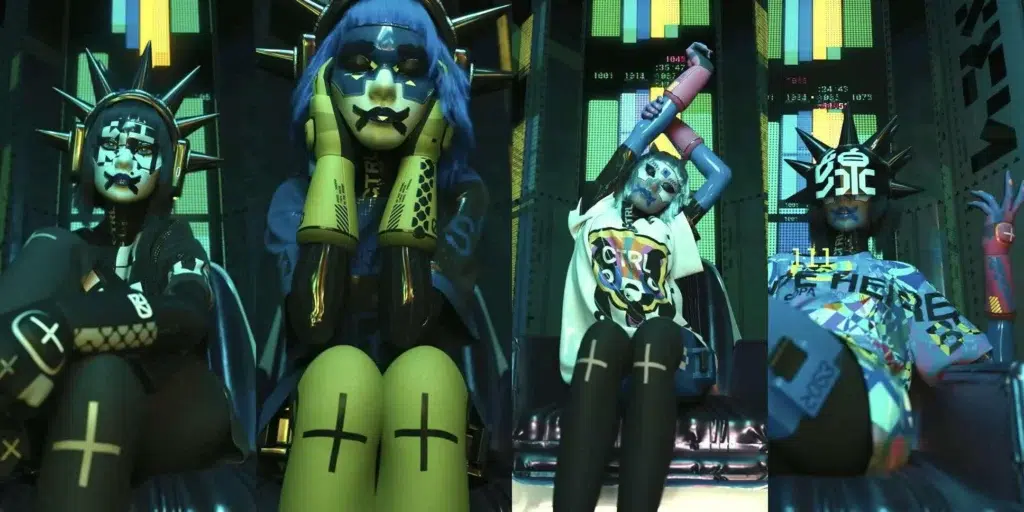
Comparison to Destiny/Halo:
- Destiny comparisons: Destiny players will notice the gunplay feels familiar and the idea of classes with supers/abilities is reminiscent of Guardians (indeed, each Runner has a “Prime” ability that functions like a super ability). However, Marathon does not have Destiny’s extensive PvE raids or quests – it’s more about competitive encounters and extracting loot. Also, Marathon is a harder game in the sense that death has real consequences (you drop loot, etc.), which is a different mindset from respawning infinitely in Destiny strikes.
- Halo comparisons: Older fans drew parallels to Bungie’s roots. Some reactions: “This is the most Bungie-looking game since Halo” or “The art reminds me of Halo mixed with Tron.” Halo veterans expressed excitement that Bungie was back in the PvP shooter arena, potentially competing with 343’s Halo now. The term “Arena shooter” popped up, although Marathon isn’t an arena shooter, but people were simply excited to see Bungie doing competitive shooting again.
Marathon’s tactical, team-oriented gameplay rewards strategic thinking and sharp shooting. Its blend of Bungie’s fluid gunplay with extraction tension creates a distinctive, adrenaline-pumping experience.
What are the concerns raised by fans regarding Marathon?
Fans have expressed various concerns about Marathon, reflecting both excitement and caution for Bungie’s new venture. Key issues include the game’s PvP-only focus, art style, and competitive balance, among others. These concerns stem from Bungie’s legacy and the extraction genre’s challenges. Here are the main fan concerns:
- No Single-Player Campaign / Story Delivery: Fans lament the absence of a traditional campaign, fearing the PvP focus may sidelining Marathon’s rich lore. Many expected a narrative-driven sequel, but the gameplay-driven story raises skepticism about depth. Longtime fans worry the universe’s storytelling potential will be underutilized. Bungie’s promise of integrated lore hasn’t fully alleviated concerns yet.
- Multiplayer-Only & Accessibility: The multiplayer-only format concerns PvE-focused fans, who feel excluded without co-op modes. Extraction shooters’ harsh mechanics may deter casual players due to loot loss and high tension. Fans question if Marathon will offer newbie-friendly features like training modes. Accessibility for non-competitive players remains a significant worry.
- Art Style & Tone Concerns: Some fans criticize the vibrant, “plastic” visuals as too bright, clashing with the original Marathon’s gritty tone. They worry it feels less serious or atmospheric, likening it to hero shooters. The bold aesthetic divides opinions, with skeptics needing proof it suits intense gameplay. Bungie’s commitment to this style fuels ongoing debate.
- Comparisons to Other Games / Originality: Fans wonder if Marathon will stand out among extraction shooters like Tarkov or Hunt: Showdown. Concerns arise about oversimilarity or oversimplification, risking niche appeal or loss of hardcore fans. Marathon’s unique hook is questioned, given genre competition. Bungie must prove innovation to avoid seeming trend-driven.
- Bungie’s PvP Track Record: Destiny 2’s PvP issues cheating, balance, and updates raise doubts about Bungie’s ability to deliver a robust competitive game. Fans worry about anti-cheat effectiveness and timely balancing in Marathon. Bungie’s shift to PvP focus, unlike Destiny’s PvE priority, sparks caution. A strong sandbox is critical to fan confidence.
- Monetization and Pricing: Rumored as a $40 paid title, Marathon’s price concerns fans in a free-to-play-dominated market, potentially limiting its player base. Speculation about microtransactions and season passes fuels wariness, with fears of pay-to-win or heavy cosmetics. Unclear monetization details heighten longevity concerns. Fans seek clarity on value and costs.
- Crossplay and PC Performance: Console players worry about PC advantages in crossplay, citing Destiny 2’s aim assist debates, and desire toggle options. PC players question optimization and system requirements for smooth performance. Network stability, vital for extraction gameplay, raises concerns about lag or disconnects. Bungie’s dedicated servers must deliver low latency.
- Content Depth and Variety: Fans are anxious about launch content, questioning the number of maps, modes, and Runners (six confirmed). Limited variety could lead to repetitive gameplay, as seen in other shooters. Fans hope for robust zones and replayability to avoid content droughts. Bungie’s content scale remains a critical unknown.
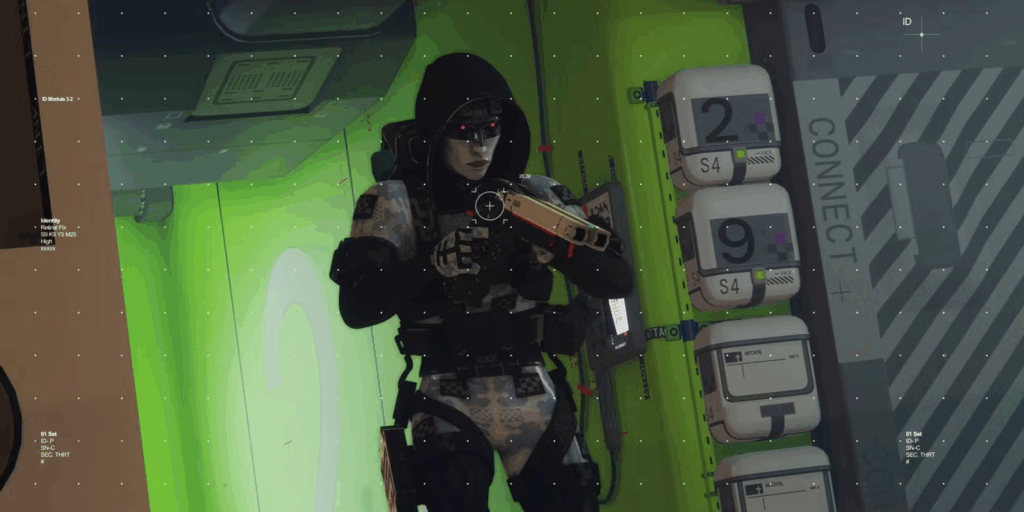
Community reactions to announcement:
- Excitement and Hype: A large portion of fans – both Bungie loyalists and FPS players in general – were thrilled that Bungie was tackling a new project outside of Destiny. Marathon’s teaser trailer, which showcased the game’s vivid art style and the concept of Runners in a sci-fi world, generated a lot of hype on social media. Longtime Bungie followers felt a surge of nostalgia seeing the name “Marathon” return; those who remembered the 90s Marathon games were excited to see references like the Pfhor symbol and the iconic Marathon logo in the marketing. There was also excitement about Bungie entering the extraction shooter space, a genre that has been growing popular. Many comments were along the lines of “In Bungie we trust – can’t wait to see their take on Escape From Tarkov style gameplay.”
- Art Style and Visuals: Perhaps the most immediate and hottest topic of discussion was Marathon’s bold visual style. The community reaction here was polarized – some absolutely loved it, others were unsure or disliked it. On the positive side, people praised the fresh aesthetic: “The color palette is so cool and different, this stands out from every other shooter trailer” was a common sentiment. Fans who were a bit tired of the ubiquitous drab, hyper-realistic war visuals in many FPS games found Marathon’s neon-soaked, high-contrast look to be a breath of fresh air.
- Surprise at PvP-Only Focus: Another major reaction was surprise (and for some, disappointment) that Marathon is a multiplayer PvP-only extraction shooter, not a single-player story-driven game. When rumors of a Marathon revival circulated before announcement, some older fans imagined a remake or sequel to the Marathon trilogy’s narrative. The reveal that this is a PvPvE extraction FPS took some off guard. Many Destiny players, for example, were excited Bungie was making a new game, but some hoped for a cooperative experience or at least a significant PvE component.
- Nostalgia and Comparisons: The Marathon announcement also sparked lots of discussion of Bungie’s legacy. People reminisced about the old Marathon games (some younger gamers even went and looked them up, since Bungie’s older IP might be new to them). There was chatter about how the new Marathon might tie into the old lore – e.g., “Is this set in the same timeline? Are we going to see references to Durandal or the Pfhor?” Bungie was coy about this, so fans speculated.
- Fan Theories and Hype Threads: Shortly after the announcement, the Marathon subreddit (r/Marathon) and Bungie forums lit up with people dissecting every frame of the trailer and every bit of ARG-like content Bungie dropped. Bungie had hidden clues (like secret messages in their promotional material, including a teaser site with cryptic codes). The community engaged in solving these, which revealed small lore tidbits (for example, references to “Tau Ceti IV” and some in-universe jargon).
- Content Creators and Media: Influencers and content creators reacted mostly positively in their videos/streams. Many prominent Destiny YouTubers started covering Marathon news, speculating about gameplay, and planning to pivot into Marathon content. This cross-pollination meant that the Destiny community, in particular, was heavily engaged in discussions about Marathon’s potential, both hopes and fears.
Bungie is aware of these concerns and has addressed some, like networking and art choices, but fans remain cautious. They hope Bungie delivers a balanced, content-rich game that lives up to its potential.
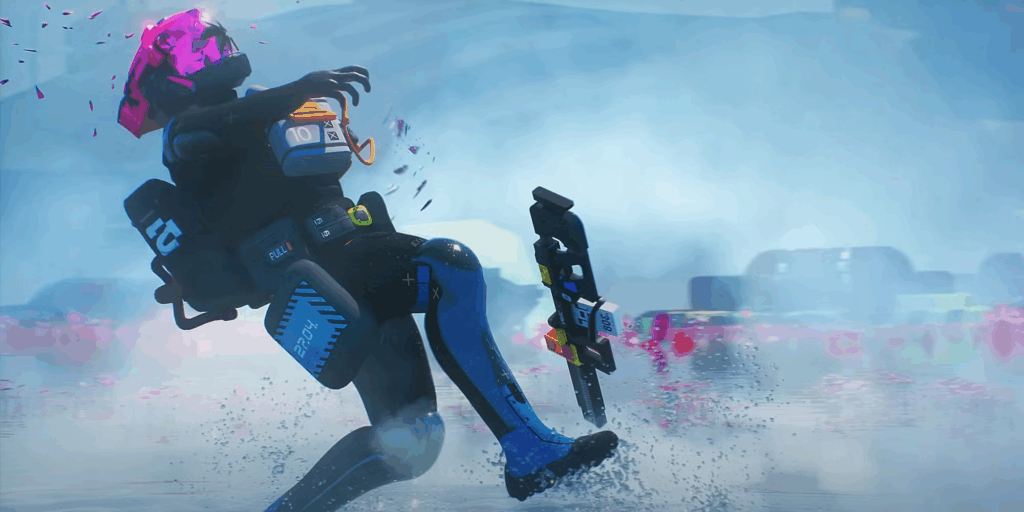
What feedback has Bungie provided in response to community concerns?
Bungie has been engaging with the community through interviews, blog posts, and their alpha test communications to address many of the concerns raised about Marathon. Here’s how they’ve responded on key points:
- Lack of campaign and story approach: Bungie acknowledges Marathon’s shift from a traditional campaign, promising a rich, player-driven narrative through in-game artifacts and evolving events. Game Director Christopher Barrett emphasizes honoring the Marathon universe’s mythology with modern storytelling like VO and AI interactions. The story unfolds over seasons, with references to the original games for fans. This organic approach aims to immerse players without cutscenes.
- Multiplayer-only and catering to PvE players: Bungie highlights PvE elements like AI enemies and exploration objectives within the PvP framework to appeal to non-PvP players. Cooperative mechanics, such as unlocking world changes, engage community-oriented gamers. The alpha’s NDA removal encouraged diverse feedback, informing tweaks to matchmaking and AI difficulty. This ensures accessibility for casual and competitive players alike.
- Art style debate: Art Director Joseph Cross defends the “Graphic Realism” style, blending bold colors with realistic proportions, inspired by Ghost in the Shell. The intentional aesthetic prioritizes gameplay clarity and uniqueness. Bungie acknowledges fan concerns but stands by the style’s thoughtful design. Transparency has helped ease skepticism, with gameplay reveals reinforcing its functionality.
- Standing out and game design depth: Bungie emphasizes unique persistent zones where player actions alter the game world, distinguishing Marathon from other extraction shooters. Accessibility features and refined onboarding make it console-friendly. The game balances high-stakes competition with replayability for varied playstyles. Bungie reassures fans of a polished, innovative experience.
- Bungie’s PvP commitment: Bungie confirms a dedicated PvP focus with robust servers and anti-cheat measures, addressing technical concerns. Alpha feedback on UI clarity, weapon balance, and match length is actively implemented. Community engagement via Discord and forums demonstrates responsiveness. These efforts build trust in Marathon’s competitive integrity.
- Monetization and price: Bungie hints at a cosmetic-only monetization model, avoiding pay-to-win, with no subscription beyond platform requirements. A potential $40 price point suggests a premium model, with free seasonal updates. Cosmetic season passes may offer additional value. This aligns with Destiny’s fair monetization approach.
- Content amount and variety: Bungie promises a robust launch with six Runner classes, diverse zones, and varied weapons and gear. Post-launch seasons will introduce new maps and Runners, mirroring Destiny’s content model. The team assures long-term support to address content depth concerns. This ensures a dynamic, evolving game world.
- Community engagement: Bungie maintains an active Discord presence, answering queries and sharing hints to foster direct communication. A “Known Info and FAQ” post clarifies cross-play and anti-cheat details, building transparency. This engagement encourages community input. It strengthens trust and collaboration in development.
- Addressing specific fan complaints from Alpha: Bungie lifted the alpha NDA to gather raw feedback, adjusting extraction timers and Runner abilities based on player input. Iterative changes, like UI improvements, reflect responsiveness, similar to Destiny’s beta adjustments. This feedback loop addresses specific concerns effectively. It reinforces Bungie’s commitment to community-driven development.
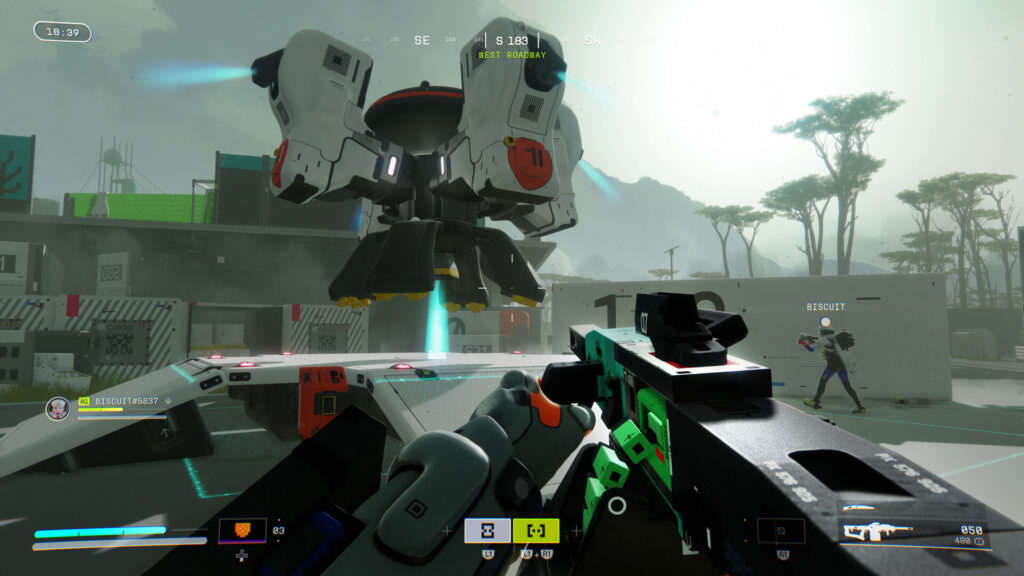
Overall, Bungie’s feedback to concerns has been proactive and reassuring:
- Emphasized story immersion even without a campaign, promising lore for those who seek it.
- Clarified the vision behind the art style and stood by it with reasoned arguments.
- Confirmed technical solutions (servers, anti-cheat) to prior issues.
- Promised full cross-play/cross-save support with no extra account fuss.
- Invited community testing and feedback, showing they are tuning the game with player input in mind.
- Stated no pay-to-win, likely indicating cosmetic-only MTX and a sustainable but fair monetization model.
- Highlighted unique features (persistent world changes, etc.) to differentiate Marathon, indirectly addressing “is it just a trend-chaser” concerns.
Bungie’s transparent and proactive approach addresses community concerns effectively, fostering trust. Continued engagement could turn skeptics into supporters by the September 2025 launch.
How does Marathon compare to Bungie’s previous titles like Destiny and Halo?
Marathon may be a new game, but given Bungie’s pedigree, it’s natural to compare it with the studio’s previous giants, Halo and Destiny. Here’s a breakdown of similarities and differences:
- Gameplay Focus – PvP vs PvE: Marathon’s PvP/PvE mix lacks Halo’s campaign or Destiny’s raids, focusing on competitive extraction with AI enemies. It resembles Destiny’s Gambit but aligns structurally with Tarkov. Halo and Destiny offer broader single-player/co-op experiences. Marathon’s PvP-centric design marks a significant shift for Bungie.
- Core Combat Feel: Marathon inherits Bungie’s responsive FPS gunplay, echoing Halo’s console-defining controls and Destiny’s refined weapon feedback. Playtests praise its satisfying, polished shooting mechanics, ensuring familiarity for fans. The combat feel maintains Bungie’s legacy of excellence. It delivers a comfortable yet modern shooter experience.
- Movement and Abilities: Marathon’s Runner classes feature tactical abilities, akin to Destiny’s class-specific supers but designed for PvP balance. Unlike Halo’s uniform Spartans, it mirrors Destiny’s varied roles, similar to Apex Legends’ heroes. Abilities prioritize utility over Destiny’s devastating powers. This focuses on competitive, tactical gameplay.
- Tone and Setting: Marathon’s cyberpunk, dystopian tone contrasts Halo’s heroic sci-fi and Destiny’s mythic fantasy, evoking the original Marathon’s horror themes. Players are mercenaries, not saviors, in a gritty Tau Ceti IV setting. It uses conventional weapons, unlike Destiny’s supernatural elements. The grounded perspective differentiates its narrative vibe.
- Multiplayer Structure: Marathon’s session-based, persistent loot system contrasts Halo’s arena matches and Destiny’s match-based PvP. Death ends a run, unlike Halo/Destiny’s quick respawns, creating high-stakes tension. Its trio format aligns with Apex Legends, differing from Halo’s larger teams. This introduces a slower, tactical pacing.
- Platforms and Technical: Marathon targets PS5, Xbox Series X|S, and PC with dedicated servers, unlike Halo’s early P2P or Destiny’s hybrid networking. Its current-gen focus enables enhanced graphics and performance. Cross-play unifies platforms, building on Destiny’s multiplatform approach. It reflects a modern, robust tech stack.
- Progression and RPG elements: Marathon’s loot-driven progression emphasizes tactical variety over Destiny’s power-level grind or Halo’s map-based pickups. Gear is universally compatible, prioritizing skill, akin to Halo’s balance. It resembles Tarkov’s economy meta-game, a new direction for Bungie. Progression focuses on strategic loadout management.
- Social and Competitive Experience: Marathon’s ranked play and end-game challenges echo Halo’s competitive ranks, unlike Destiny’s casual PvP focus. Its cutthroat matches contrast Destiny’s cooperative tone but retain Bungie’s accessible design. It aims for streaming-friendly competition. This balances approachability with competitive depth.
- Visual and Audio design: Marathon’s “Graphic Realism” contrasts Halo’s realistic sci-fi and Destiny’s fantastical visuals, prioritizing gameplay clarity. Its audio emphasizes immersive, tactical cues, differing from Halo’s epic scores or Destiny’s moody tracks. Expect tense soundscapes for extraction moments. Bungie’s audio excellence continues in a new style.
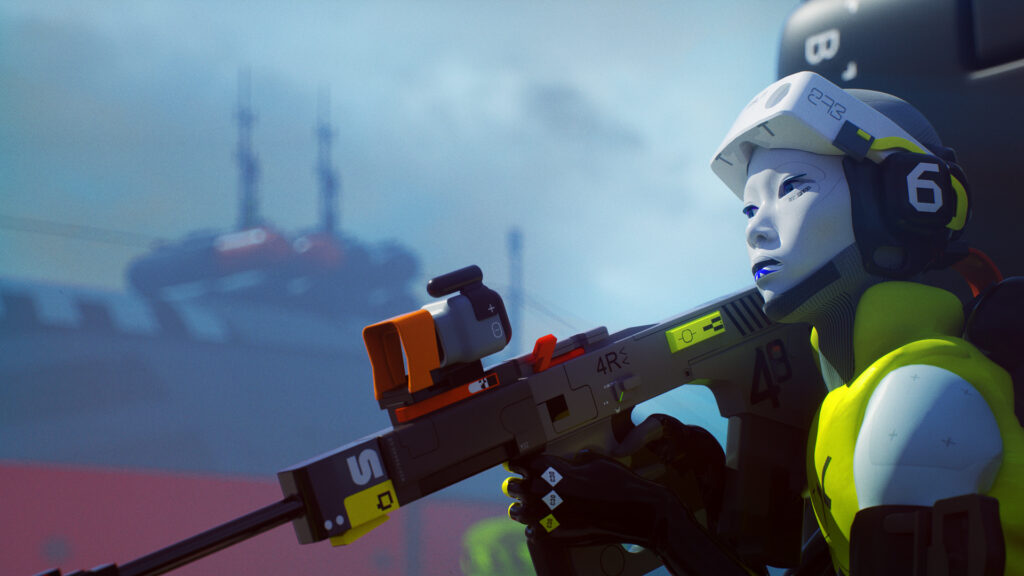
Conclusion of comparison:
- It shares Bungie’s knack for tight FPS mechanics and rich sci-fi world-building (so Destiny/Halo fans will find familiar comfort in how it plays and the universe it hints at).
- It diverges by focusing solely on a competitive, session-based experience with persistence, something neither Halo nor Destiny did in exactly this form.
- Halo was about being the super-soldier in grand battles; Destiny is about being the Guardian in an expansive PvE/PvP universe; Marathon is about being a resourceful Runner in a cutthroat, player-driven sandbox.
Marathon combines Halo’s competitive spirit with Destiny’s loot-driven depth in a novel extraction shooter format. It stands as a unique evolution of Bungie’s FPS legacy, appealing to both longtime fans and new players.
What platforms will Marathon be available on?
Marathon is being developed as a multi-platform title for the latest generation of hardware. Bungie has confirmed that Marathon will be available on:
- Windows PC: Marathon launches on Windows PC, likely via Steam and possibly Epic Games Store, with customizable settings like FOV sliders. It builds on Destiny 2’s robust PC support, ensuring flexibility for varied hardware. Mac is unsupported, focusing on Windows for broader reach. Cross-play unifies the PC community with consoles.
- PlayStation 5: Confirmed for PS5, Marathon leverages fast SSDs for seamless zone loading, with day-one availability as a Sony studio title. PS4 is unsupported due to hardware limitations, ensuring a current-gen experience. PlayStation Plus is required for online play. It targets high performance on Sony’s platform.
- Xbox Series X|S: Marathon releases on Xbox Series X and S, appealing to Halo fans with simultaneous launch. Xbox One is not supported, focusing on newer hardware capabilities. Xbox Live Gold or Game Pass Ultimate is needed for online play. It ensures parity with other platforms.
To recap:
- PlayStation 5 – Yes (fully supported at launch).
- Xbox Series X|S – Yes (fully supported at launch).
- PC (Windows via Steam, etc.) – Yes (fully supported at launch).
- Older consoles (PS4, Xbox One) – No (not available).
- Mac – No (not planned).
- Switch – No.
- Cross-play/cross-progression – Yes, across all supported platforms.
Marathon’s current-gen focus ensures a high-quality, interconnected experience across PS5, Xbox Series X|S, and PC. Its September 23, 2025, launch with cross-play and cross-save fosters a unified player base.
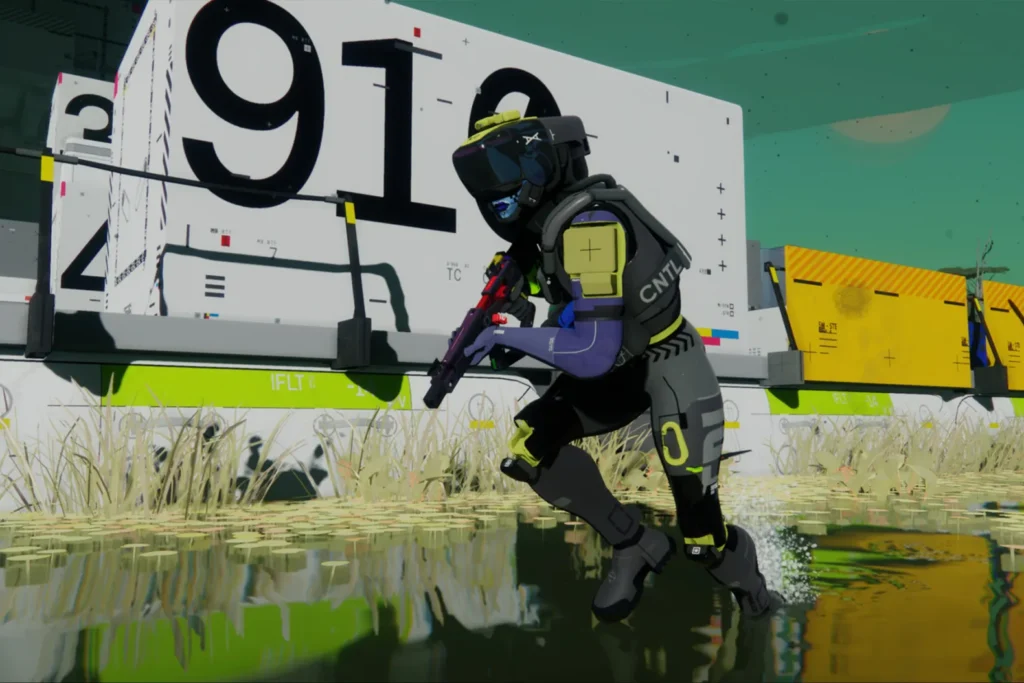
What are the system requirements for Marathon on PC?
Bungie has shared preliminary system requirements for Marathon based on its April 2025 Closed Alpha, with final specs to be confirmed closer to the September 2025 launch. These requirements, alongside speculated recommended specs, provide a clear picture for PC players preparing to run the game.
While exact final system requirements for Marathon will be confirmed closer to launch, Bungie has provided minimum specs (via the Marathon Alpha test) and we have some educated guesses about recommended specs:
- Minimum PC Requirements (from the Closed Alpha): Requires an Intel Core i5-6600 or AMD Ryzen 5 2600 (~3.3 GHz, 4-6 cores), 8 GB RAM, and a GTX 1050 Ti or RX 5500 XT (4 GB VRAM) for low settings at 1080p. Needs Windows 10 64-bit, DirectX 12 (Feature Level 12_1), and ~60 GB storage (SSD preferred). This ensures accessibility for mid-range PCs. A broadband internet connection is mandatory for online play.
- Recommended PC Requirements (unofficial, speculated by testers): Targets a 6-core Intel Core i5-11400F or AMD Ryzen 5 3600, 16 GB RAM, and a GTX 1660 Ti or RX 5600 XT (6 GB VRAM) for high settings at 1080p/1440p. Recommends Windows 11/10 64-bit, DirectX 12, and 60 GB SSD storage for optimal performance. This ensures smooth gameplay with modern visuals. Ideal for competitive 60 FPS experiences.
Marathon’s modest minimum specs make it accessible to a wide range of PCs, while recommended specs ensure high performance for modern settings. Its optimized engine and SSD preference enhance load times, with a stable internet connection critical for the online-only shooter.
Will Marathon support cross-play and cross-save features?
Marathon will launch with robust cross-play and cross-save support across all platforms, ensuring a seamless and unified player experience. This commitment reflects Bungie’s experience with Destiny 2 and their focus on building a cohesive community.
Yes, Marathon will fully support cross-play and cross-save across all its platforms:
- Cross-Play: Enables seamless matchmaking across PC, PS5, and Xbox Series X|S, allowing players to squad up or compete regardless of platform. Confirmed at reveal, cross-play unifies the player pool, enhancing community health. Input-based matchmaking details are pending, but aim-assist will ensure fairness. This fosters a vibrant, interconnected competitive scene.
- Cross-Save / Cross-Progression: Ties progression, characters, and loot to a single Bungie.net account, accessible on any platform without additional account linking (e.g., no PSN requirement on PC). Players can switch devices seamlessly, retaining all progress. This mirrors Destiny 2’s consumer-friendly system. It maximizes flexibility for multi-platform players.
Marathon’s cross-play and cross-save features, fully implemented at launch, ensure a unified experience with no platform-exclusive content. Account linking via Bungie.net enables effortless progression across PC and consoles, strengthening the global Runner community.
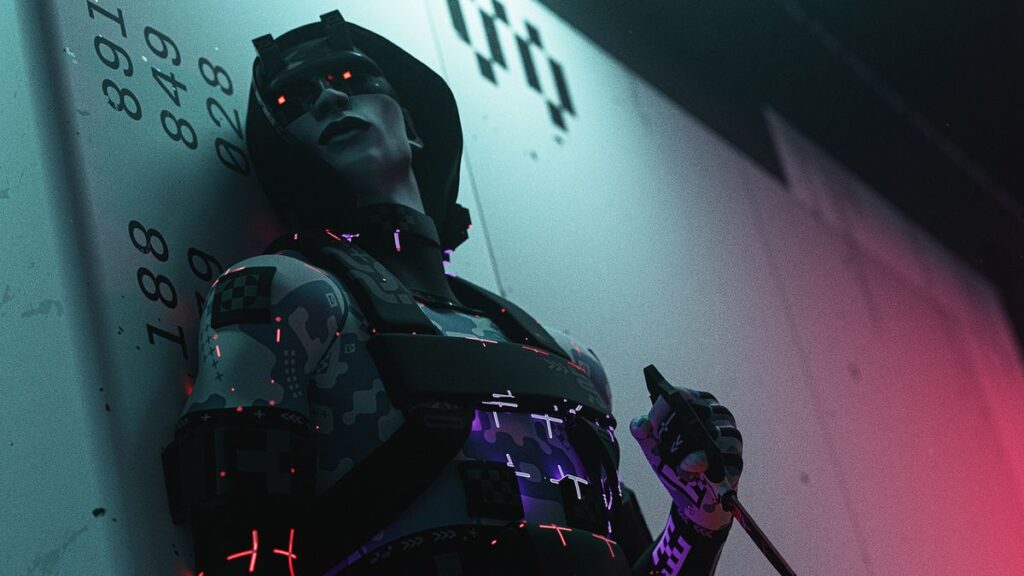
What are the monetization plans for Marathon?
Bungie has not yet fully detailed the monetization model for Marathon, but we have several strong indications and some insider reports that give us a picture of what to expect:
- Upfront Pricing vs Free-to-Play: Marathon is likely a premium title with a ~$40 upfront cost, eschewing free-to-play to ensure quality and deter cheaters. This aligns with Bungie’s brand but may challenge player uptake. The paid model promises a polished experience without heavy paywalls. It positions Marathon as a classic release with live-service elements.
- Season Pass / Expansions: Seasonal passes will offer cosmetic rewards and possibly currency, with free tiers ensuring base content access. New maps and modes are likely free to maintain a unified player base. Major expansions, if introduced, may integrate with seasons or the base game. This mirrors Destiny’s seasonal model for sustained engagement.
- Cosmetic Microtransactions: An in-game store will sell Runner skins, weapon wraps, emblems, and animations, inspired by Destiny’s Eververse. A dual-currency system (earnable and premium) is probable, with some cosmetics unlocked via gameplay. This ensures visual variety without gameplay impact. Bright, nostalgic designs enhance cosmetic appeal.
- Factions and possibly a Battle Pass-like progression: Faction alignment may unlock cosmetic rewards, tied to seasonal progression or passes. This adds lore-driven engagement without affecting balance. No trading is expected, maintaining progression integrity. Monetization focuses on direct purchases through Bungie’s channels.
No loot boxes:
- Bungie has moved away from random loot box monetization in Destiny, and it’s safe to say Marathon will not feature loot boxes or gacha mechanics for items.
- Any purchase will likely be direct (or via a clear seasonal reward track) rather than gambling.
- Bungie will want players to know what they’re buying.
- For example, if there’s a cosmetic bundle, you buy that bundle outright rather than buying a loot box hoping to get the cosmetic.
Marathon’s monetization combines a premium purchase with optional cosmetic and seasonal content, ensuring no pay-to-win elements. Bungie’s Destiny experience informs a fair, transparent model, with details to be finalized closer to launch.
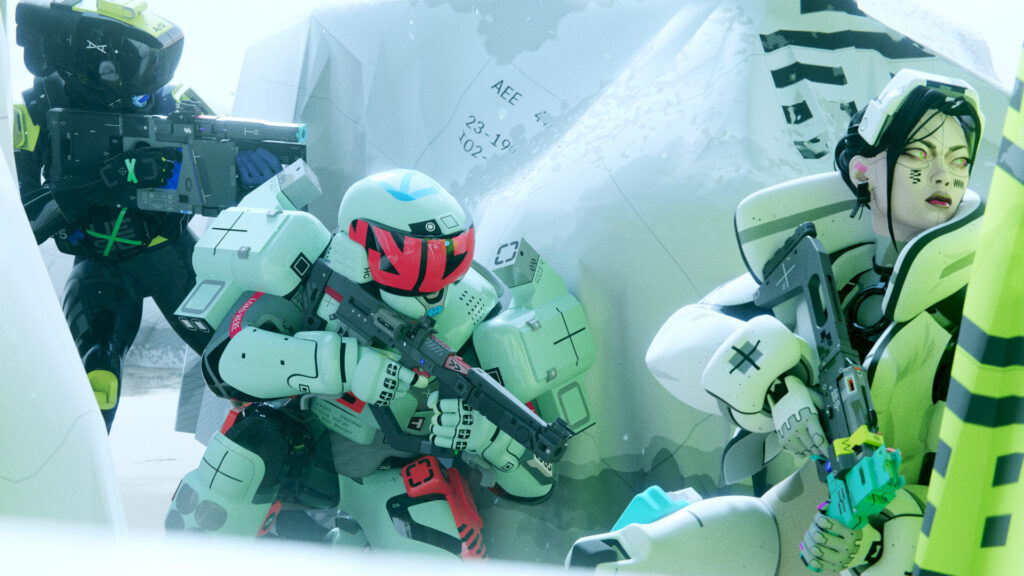
How can players participate in Marathon’s alpha or beta testing phases?
Bungie’s testing phases for Marathon, including the April 2025 Closed Alpha and anticipated beta, offer players opportunities to shape the game through early access and feedback. Staying engaged with official channels is key to participating in these critical pre-launch stages.
Joining the Alpha:
- Closed Alpha (April 2025): The invite-only alpha (April 23–May 6, 2025) required Discord registration and a Bungie.net account, limited to North American players 18+ with PS5, Xbox Series X|S, or PC. NDA-free, it allowed streaming but is now closed. Only a small percentage of applicants were selected. Bungie extended the test to gather more data.
How to sign up or prepare for Beta:
- Bungie.net Account: Create and link a Bungie.net account to Steam, PSN, or Xbox for beta access and cross-save functionality. This ensures seamless registration and progression tracking across platforms. It’s critical for receiving invites or accessing open betas. Keep account details updated for notifications.
- Join Official Channels: Join Marathon’s Discord and follow Bungie’s Twitter (X) or news page for beta announcements and support. Discord was central to alpha registration and will likely facilitate beta communication. These hubs provide timely updates on testing phases. Staying active ensures you don’t miss key information.
- Sign-Up Registrations: Beta sign-ups, if needed for closed tests, will likely use the Marathon website or Bungie.net profile options. Alpha applicants may receive priority for future invites. Opting into Bungie’s newsletters increases chances of notifications. Check for regional or age eligibility requirements.
- Check Email: Monitor your Bungie.net-linked email for beta invites or codes, ensuring bungie.net emails avoid spam filters. Alpha invites were emailed with redemption instructions for platform stores. Beta invites will likely follow this process for closed tests. Prompt action secures access to limited slots.
- Platform Prep: Prepare to download the beta client (~20-30GB estimated) from Steam, PS Store, or Xbox Store. Console players need PS Plus/Xbox Live Gold for online play, though downloading betas typically requires no subscription. Link platform accounts to Bungie.net for smooth access. Ensure sufficient storage and updated systems.
- Follow Dates: An open beta is rumored for August 2025, likely lasting a weekend or week, with announcements expected in July. Open betas are freely accessible without invites, downloadable from platform stores. Mark calendars to participate in the testing window. Closed betas may precede, requiring invites.
- During any beta, provide feedback!: Use Discord, forums, or Bungie’s feedback channels to report on balance, controls, UI, or performance issues. Alpha testers influenced UI clarity and gameplay tweaks, shaping development. Active feedback during betas enhances community impact. It helps refine the final game.
So far, the testing process has been:
- Closed Alpha (April 2025) – invite-only, NDA-free test for a lucky few thousand players.
- [Upcoming] Wider Beta (Summer 2025) – expected to be open to all platforms, likely no invite needed (Bungie will confirm exact plans soon).
- Launch (Sept 2025) – the real deal!
To participate in future betas, prepare a Bungie.net account, join official channels, and monitor for announcements. The open beta will offer broad access, allowing players to test Marathon and contribute to its development before the September 2025 launch.
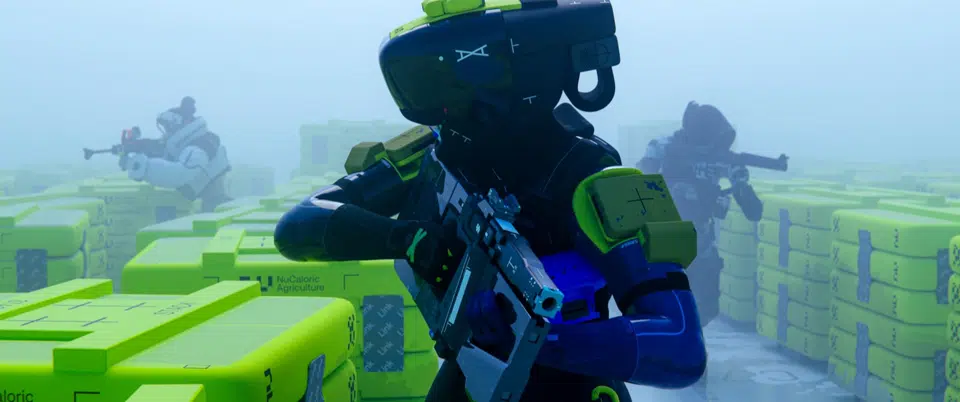
FAQ Questions and Answers
- When is the release date of Marathon?
Marathon is set to launch on September 23, 2025 on PC (Steam) as well as PlayStation 5 and Xbox Series X|S console. - What kind of game is Marathon?
Marathon is a sci-fi PvP “extraction” shooter. In each match, teams of 3 players (called Runners) compete against other squads (and AI enemies) to scavenge loot in a persistent zone and then escape alive. It’s an online-only, fast-paced FPS with both competitive and cooperative elements – think of it as Bungie’s take on Escape From Tarkov or Hunt: Showdown, set in a cyberpunk sci-fi universe. - Is Marathon a sequel to the old Marathon trilogy? Do I need to know the originals?
No, it’s not a direct sequel. The new Marathon is a reboot/revival that pays homage to the 1990s Marathon games (it shares the name, setting of Tau Ceti IV, and some lore references,, but it’s a completely new story and genre. You don’t need any prior knowledge of the old Marathon – this game introduces its world afresh. Long-time Bungie fans will catch some Easter eggs, but newcomers won’t be lost. - Does Marathon have a single-player campaign or story mode?
No campaign. Marathon is focused on multiplayer experiences only – there is no separate single-player story campaign. Bungie has emphasized that narrative and lore will be delivered within the multiplayer gameplay (via environment storytelling, seasonal events, etc.), but you cannot play Marathon solo offline. That said, you can play in a squad of one (solo queue) in the online matches if you prefer, but you’ll still be in a multiplayer environment. - How many playable characters (classes) are in Marathon?
Marathon will launch with **six playable Runners (classes)*. Four have been revealed so far – Blackbird (recon specialist), Glitch (agile disruptor), Locus (assault trooper), and Void (stealth infiltrator). Each Runner has unique abilities and a distinct playstyle. Bungie has hinted that two additional Runners (codenamed Lifeline and Thief, rumored to be a medic and a loot scout) will also be available at launch. You can switch between Runners between matches. Post-launch, Bungie may add more Runners in updates or seasons. - Do I keep my gear when I die? How does loot work in Marathon?
Marathon uses an extraction loot system. At the start of a run, you bring whatever weapons and gear you have. If you successfully extract (escape) from the match, you keep all the loot you found during that run. But if you die or fail to extract, you lose any loot you picked up in that match. (Your previously owned gear is usually safe – e.g., you won’t lose your favorite gun permanently just because you died, unless you had taken it into that match as your loadout). In short: bring risk = reward. Secure extractions to build up your inventory; if you get taken out, anything not extracted is gone. There is no respawning within a match, so survival is key! - Is Marathon going to be free-to-play or do I have to buy it?
It’s not officially confirmed by Bungie yet, but all signs point to Marathon being a paid title (premium game). Reliable reports suggest it will not be free-to-play; instead, you’ll purchase the game (rumored around $40 USD) to play. Bungie is likely adopting a model similar to a traditional game launch plus seasonal content. There will probably be optional microtransactions for cosmetics or a season pass, but there’s no indication of pay-to-win. Bungie has explicitly said they want a fair playing field (you can’t buy gameplay advantages). - What platforms and systems can I play Marathon on?
Marathon will be available on PC (Windows), PlayStation 5, and Xbox Series X|S. It is not coming to PS4 or Xbox One (or Switch) as it’s designed for current-gen hardware. . So, you’ll need either a modern gaming PC or one of the new consoles. Cross-play is supported (see next question), so platform choice won’t limit who you can play with. - Does Marathon support cross-play and cross-save?
Yes! Marathon will launch with full cross-play across PC, PS5, and Xbox, meaning players on all platforms can play together in the same matches. It also has cross-save/cross-progression, tied to your Bungie account. So if you own the game on multiple platforms (or switch platforms), your progress, characters, and loot travel with you. Bungie confirmed you won’t need separate accounts – one Bungie.net ID links all. In short, you can start on PC, then pick up and play on your PS5 later, seamlessly. And you can squad up with friends regardless of their platform. - How can I play Marathon early or join the beta?
Bungie already held a Closed Alpha in April 2025 (limited invite-only test). Going forward, an Open Beta is expected in Summer 2025 (likely August) for all players to try the game free before launch. To participate, keep an eye on official Bungie announcements – you’ll likely just download the beta client from your platform’s store when it’s announced. If Bungie runs another invite-only closed beta, ensure you’re signed up on the Marathon website or Bungie.net (and join the Marathon Discord, as that’s how alpha sign-ups were done. But most likely, the next chance will be an open beta – no sign-up needed, just download and play during the beta period. After that, Marathon launches on Sept 23, 2025, when everyone can jump in.
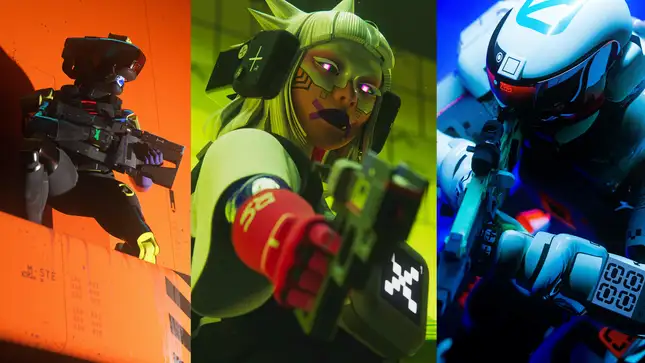
Conclusion
Marathon is Bungie’s bold venture into the extraction shooter genre, set on a lost sci-fi colony where players embody cybernetic “Runners” battling for survival and riches. Unlike Bungie’s past titles, it’s purely multiplayer, blending sharp FPS gunplay, smooth movement, and deep lore. Distinct characters like Blackbird and Void bring hero-shooter abilities, enhancing high-stakes gameplay. The game’s brutalist art style, both striking and functional, aims for a unique FPS identity. Dedicated servers, cross-play, and anti-cheat measures ensure a fair, smooth experience. Marathon launches September 23, 2025, uniting Bungie’s legacy with innovative design.
Community reactions mix excitement with cautious optimism, thrilled by the Marathon universe’s return and tense extraction gameplay, yet concerned about no campaign and monetization. Bungie addresses these with a player-driven story, a justified art vision, and a fair model avoiding pay-to-win. Transparency via alpha feedback fosters trust. Marathon promises competitive depth, cooperative strategy, and evolving seasons, appealing to PvP and Bungie fans. Players’ actions will shape this vibrant, strategic world where every run could lead to legend.
Sources and Citation
- Marathon Official Site (Bungie) – Official announcement and game overview (release date, platforms, cross-playmarathonthegame.commarathonthegame.com】.
- PlayStation.Blog – “Bungie Unveils Marathon” (Brian Ekberg, May 24, 2023) – Q&A introducing Marathon’s premise (PvP extraction on Tau Ceti IV, no campaign) and Bungie’s goalblog.playstation.comblog.playstation.com】.
- Marathon Closed Alpha FAQ (Bungie, April 2025) – Details on the Alpha test (sign-up via Discord, NA region, 18+), confirmation of cross-play/cross-save at launch, and PC minimum specs used in Alphhelp.marathonthegame.comhelp.marathonthegame.com】.
- Shacknews – “All Runners in Marathon” (Aidan O’Brien, Apr 13, 2025) – Overview of the four revealed Runner classes (Locus, Blackbird, Glitch, Void) and their playstyle/ability highlightshacknews.comshacknews.com】.
- Beebom – “Marathon Runners: All Four Classes…” (Ishan Adhikary, Apr 23, 2025) – In-depth guide to Marathon’s Runner abilities and traits (e.g., Glitch’s Amplify and Disruptor, Void’s Smoke Screen and Active Camobeebom.combeebom.com】.
- Beebom – “Marathon System Requirements (Minimum and Recommended)” (Ishan Adhikary, Apr 14, 2025) – Expected PC specs for Marathon. Lists Alpha minimum specs (i5-6600/GTX 1050 Ti) and speculates recommended specs (i5-11400F/GTX 1660 Ti, 16GB RAM, SSDbeebom.combeebom.com】.
- The Verge – “Bungie announces Marathon, a new sci-fi PvP extraction shooter” (Tom Warren, May 24, 2023) – News article on Marathon’s reveal. Confirms platforms (PS5, XSX|S, PC) with full cross-play and cross-save, year 2850 setting, and Bungie’s note on dedicated servers and anti-cheatheverge.comtheverge.com】.
- Creative Bloq – “Bungie’s art director explains Marathon’s controversial new look” (Joe Foley, Apr 8, 2025) – Explores Marathon’s vibrant art style. Includes Art Director Joseph Cross’s explanation of the “Graphic Realism” approach (bold colors + realistic scale) and notes fan divided opinions on the stylcreativebloq.comcreativebloq.com】.
- PC Gamer – Preview: “After thousands of hours in Destiny…Marathon reboot” (Tim Clark, Apr 12, 2025) – Hands-on impressions from Marathon’s alpha. Describes the game’s “startling” art style (acid colorways, blocky shapes) and how Bungie’s gunplay translates to Marathon (fast TTK to prioritize skill over gearpcgamer.compcgamer.com】.
- 9meters – “Bungie’s Marathon Launches September 2025 – What You Need To Know” (2025) – A summary of Marathon’s key details. Confirms Sept 23, 2025 launch date, cross-play/cross-save, outlines the four alpha Runners, and notes insider talk that Marathon will be a premium (paid) title rather than F29meters.com9meters.com】.
- PCGamesN – “Does Marathon have crossplay and cross-progression?” (Aaron Down, Apr 14, 2025) – Confirms Marathon will support full cross-play and cross-progression between PC, PS5, and Xbox at launch. Cites Bungie’s 2023 and 2025 statements about shipping with cross-play and no PSN account requirement on other platformpcgamesn.compcgamesn.com】.
- Forbes – “New ‘Marathon’ Info About the Closed Alpha, NDAs and Open Beta” (Paul Tassi, Apr 19, 2025) – Reports insider info that Marathon will likely have an Open Beta in August 2025 and is expected to launch as a paid ~$40 game (not F2P). Also discusses Bungie lifting the Alpha NDA and plans for marketing/pre-order beatforbes.comgamingbolt.com】.
- Polygon – “Marathon may be made for PvP fans, but Bungie says there’s still plenty for the rest of us” (Ryan Gilliam, Apr 12, 2025) – Bungie dev interview focusing on how Marathon will engage PvE-oriented players through its persistent world and AI enemies. Addresses that Marathon has no campaign but will have player-driven stories and evolving zones influenced by player actionpolygon.compolygon.com】.
Recommended
- MoCap Online: Top Motion Capture Resources, Tools, and Animation Packs for Game Developers and Animators
- What is the “Lock Camera to View” feature in Blender?
- Devil May Cry Characters Guide: Meet the Heroes, Villains, and Icons of the Series
- How Do I Switch Between Cameras During an Animation in Blender?
- How do I create a handheld camera effect in Blender?
- Cascadeur: The Ultimate AI-Powered 3D Animation Software for Game Developers and Animators
- Can you control a camera in Blender with game controllers?
- How do I align the camera to an object’s surface in Blender?
- How do I create a bird’s-eye camera view in Blender?
- Real-Time Hair for AAA Games: Full Tutorial and Workflow Using ZBrush, Maya, Blender, and Marmoset





